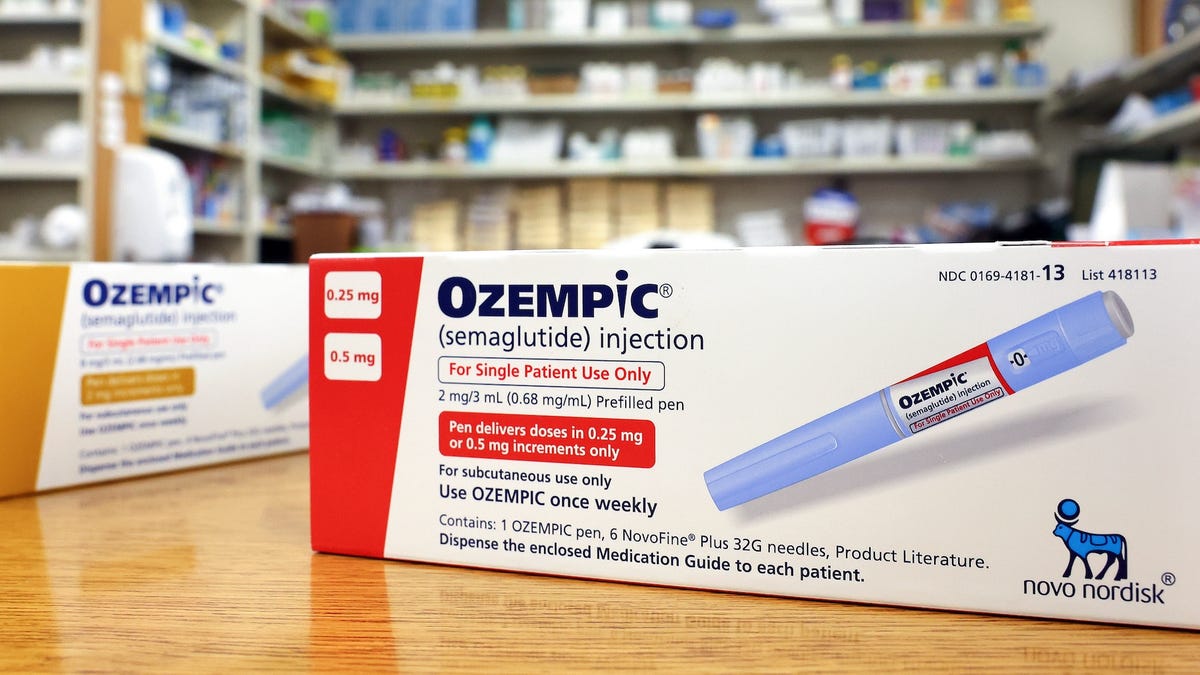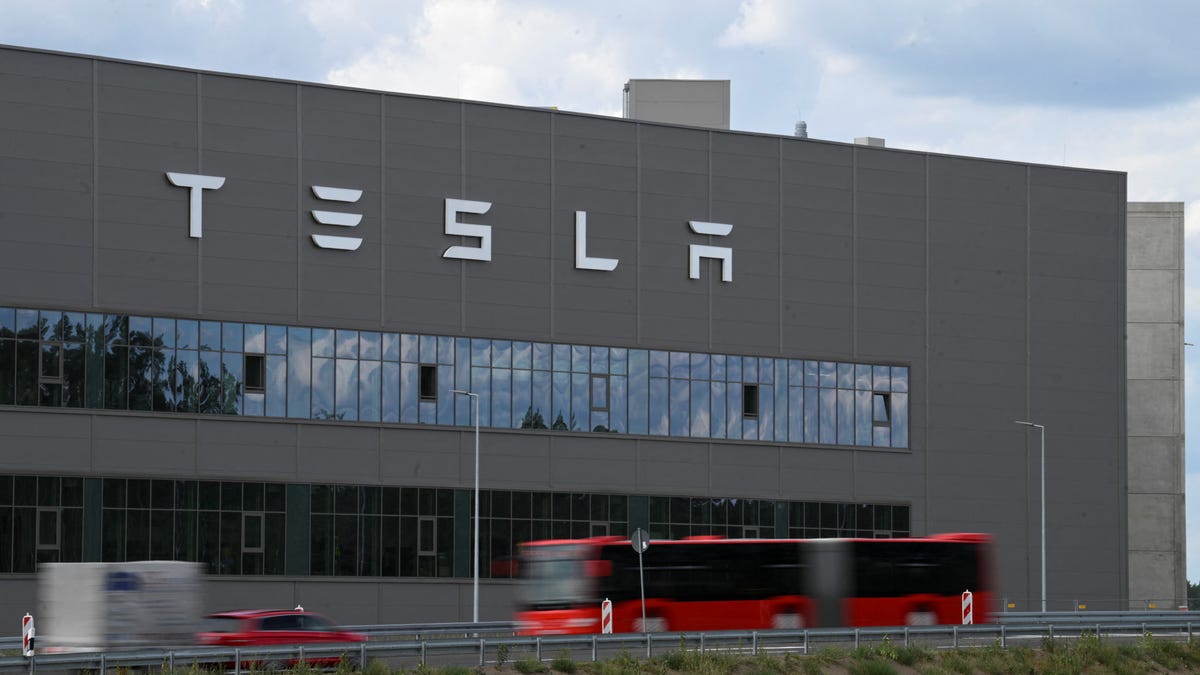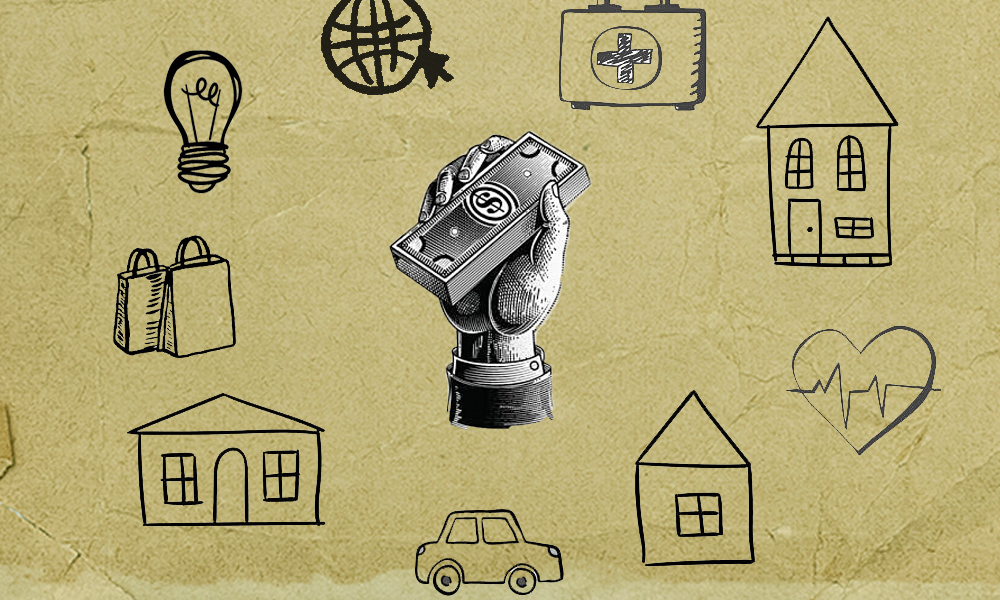- Arvind's Newsletter
- Posts
- Arvind’s Newsletter-Weekend edition
Arvind’s Newsletter-Weekend edition
Issue No #1065
1.Bridging the gap: How women can lead the charge on corporate boards
Despite some progress, the state of women's representation on corporate boards globally and in India remains a concern for those advocating for gender equality.
According to a Deloitte report, women held 29% of board seats globally. Europe made significant strides in gender diversity on boards, with countries like Norway, Finland and Sweden implementing quotas or legislative measures to boost female representation. According to Catalyst, women hold 34.7% of board seats in the European Union.
In the Asia-Pacific region, women account for 16.8% of board seats. In India, women occupied 17.1% of board seats in Nifty-500 companies as of 2020, according to the Institutional Investor Advisory Services (IiAS).
Women's representation on corporate boards in India tripled from 2013 to 18% in 2022, an EY report indicated. India introduced mandatory female directorship quotas in 2013, requiring certain classes of companies to have at least one woman on their boards.
This move was aimed at galvanizing and fast-tracking the presence of women in corporate leadership roles. While there has been progress in increasing female representation on boards, it has been relatively slow. Even now, around 300 of Nifty-500 companies have only one woman director.
2.The Economist’s glass-ceiling index
Are working conditions getting any better for women? The Economist’s “glass-ceiling index” offers some clues. Each year, to mark International Women’s Day on March 8th, we crunch the numbers on ten indicators—from labour-force participation and salaries to paid parental leave and political representation—for 29 members of the oecd, a club of mostly rich countries. Since we started in 2013 the pace of change has been glacial, but in most places things are at least moving in the right direction. Our chart below shows where women’s professional opportunities are greatest relative to those of men.
Iceland came first for the second year in a row. In fact, Nordic countries have always dominated the top of the index, scoring highly on all our measures. The bottom also has a familiar feel: women in South Korea, Japan and Turkey still face the biggest workplace obstacles. Australia and Poland were the biggest climbers, both up five spots from last year.
In almost every country women graduate from university in greater numbers than men. Yet they make up a lower share of the workforce across our index. This is most notable in Turkey, Greece and Italy, where less than two-thirds of adult women are employed. The gap in labour-participation rates means that fewer women climb the corporate ladder, which feeds into the gender wage gap. In the OECD women earn around 12% less than men.
Among people who took the GMAT, the de facto entrance exam for MBA programmes, the share of women fell slightly across the board. But women’s representation in senior management roles in the OECD reached 34.2%, up from 33.8% last year. Sweden, America and Poland are particularly impressive on this measure, with women holding more than 40% of high-level jobs. In Japan and South Korea the proportion is a disappointing 15% and 16%, respectively.
The share of company board members who are women hit 33% across the OECD for the first time. In the eu women must make up 40% of board directors by 2026. So far only five of the 22 EU members in the Economist index have reached that target (and all of those surpassed it).
Starting a family can make it hard for many women to stay in the workforce (an issue dubbed the motherhood penalty). Two factors can help them do both: generous parental leave and affordable child care. The length of paid maternity leave varies widely: Hungary, Greece, Slovakia and the Nordics are generous. America remains the only rich country where the government does not require employers to offer new mothers a minimum amount of leave. Leave for fathers is also important—it helps divide the burden of child care between parents. To encourage more women to enter the workforce, Japan and South Korea have enacted the most generous paternity-leave policies in the oecd (with 31 and 22 weeks, respectively, when adjusted for full pay) though few new fathers choose to stay at home.
Another measure for parents is the cost of child care. The Fawcett Society, a gender-equality campaign group, recently estimated that 250,000 British mothers with children under the age of four had left the workforce. Its study cited the cost of child care and a lack of employer flexibility. Child-care costs take up around 25% of the average wage in Britain, compared with an average of 14% across the OECD.
Finally, to politics. Studies have shown that more women in political leadership leads to a greater focus on women’s rights and family policies. In Iceland, Sweden, Norway and Finland—the top four countries on our index—women hold at least 45% of parliamentary seats. In South Korea and Japan, on the other hand, their share is below 20%.
Not all of our measures have equal weighting. Those concerning motherhood, for example, have less weight than those that affect all women, such as labour-participation rates. This year’s average score is slightly higher than last year’s, though on most indicators the rate of improvement has been slow. In most countries women are still struggling to break through the glass ceiling.
3.India Frees Up 10,000 More Soldiers to Guard Border With China reports Bloomberg
India has freed up thousands of soldiers to strengthen its disputed border with China, adding a potential irritant to its already sour relations with Beijing. Some 10,000 soldiers previously assigned to the country’s western border have now been set aside to guard a stretch of India’s frontier with China. In addition, an existing contingent of 9,000 soldiers, already assigned to the disputed Chinese border, will be brought under a newly created fighting command.
4.China will start work on the world’s longest hydrogen pipeline.
The 460-mile pipeline will transport gas from Zhangjiakou, a city with abundant renewable energy sources, to a port southeast of Beijing, part of a wider plan to construct a 4,000-mile national pipe network to support the hydrogen-powered industry.
Hydrogen, vital in fertiliser production, mostly comes from natural gas, making it a highly carbon-intensive industry: “Green” hydrogen could reduce its emissions to zero. Beijing also hopes to use the hydrogen in trucking, steel production and exports, Hydrogen Insight reported. Work on the pipeline will start in June and is expected to be completed by 2027.
5.Why alcohol is so dangerous for young adults' brains; David Robson for BBC
From the myth of Europeans' "healthy drinking culture" to the surprising harm of some common family traditions, science is overturning old beliefs around alcohol and young people.
Speaking to researchers about the impact of alcohol on young people, I was surprised by many other findings besides these. Research from around the world is beginning to overturn a range of common assumptions around age and alcohol, such as the idea that continental Europeans have a healthier drinking culture than the UK or US, and that allowing young people to drink at home with meals teaches them responsible alcohol use. Whether or not this new science should change our current drinking laws is a complex political issue, but greater awareness of the facts may at least allow future generations to make a more informed choice about the ways that they choose to party – and might help parents decide how to handle alcohol in their own home.
Let's be clear: alcohol is a toxin. Its dangers span fatal accidents, liver disease, and many kinds of cancer. Even small quantities can be carcinogenic, leading the World Health Organization to declare that "when it comes to alcohol consumption, there is no safe amount that does not affect health".
6.Novo Nordisk’s market cap eclipsed Tesla’s.
The Ozempic and Wegovy maker has a new weight loss trick up its sleeve: Amycretin and it’s a pill.
As for Tesla, the EV-maker might actually lose money this year ….likely about $1 billion alone at its factory in Germany, but that’s related to arson
7.A Guaranteed Income; MIT Press ; Karl Widerquist.
The radical proposal of giving everyone a minimum, unconditional amount of money has a surprisingly deep history, with prototypes indicated among hunter-gatherers and ancient Athens.
8.Teachers are embracing ChatGPT-powered grading
A new tool called Writable, which uses ChatGPT to help grade student writing assignments, is being offered widely to teachers in grades 3-12.
Teachers have quietly used ChatGPT to grade papers since it first came out — but now schools are sanctioning and encouraging its use.
Writable, which is billed as a time-saving tool for teachers, was purchased last month by education giant Houghton Mifflin Harcourt, whose materials are used in 90% of K-12 schools.
Teachers use it to run students' essays through ChatGPT, then evaluate the AI-generated feedback and return it to the students.
"We have a lot of teachers who are using the program and are very excited about it," Jack Lynch, CEO of Houghton Mifflin Harcourt, tells Axios.





